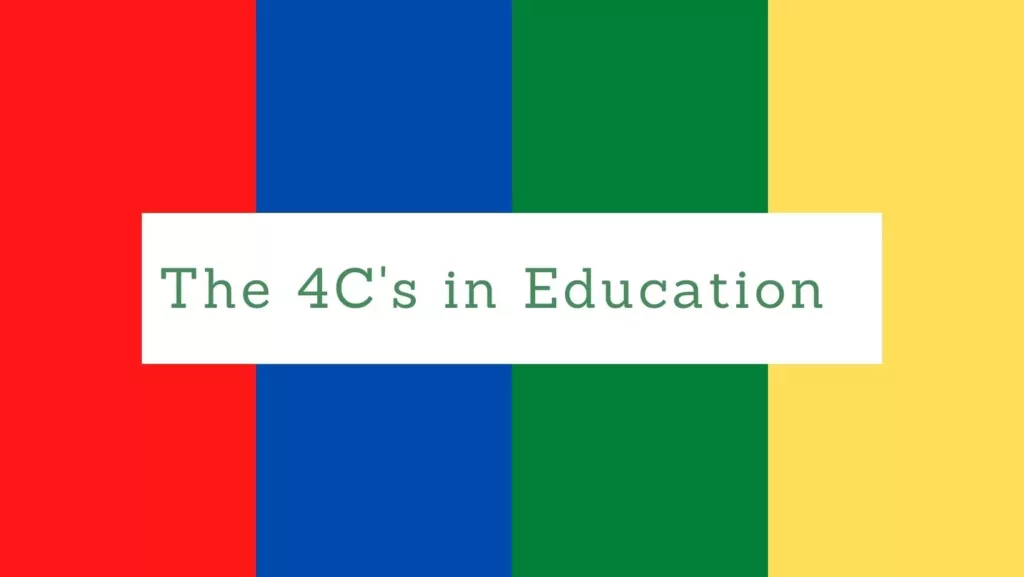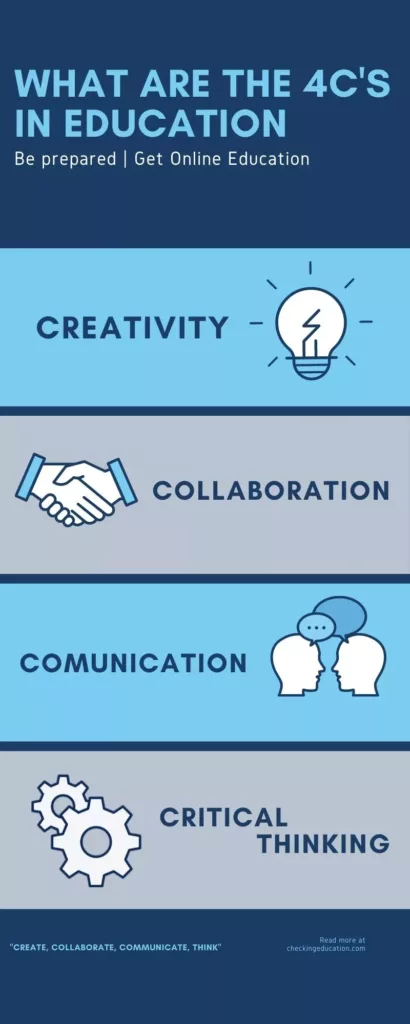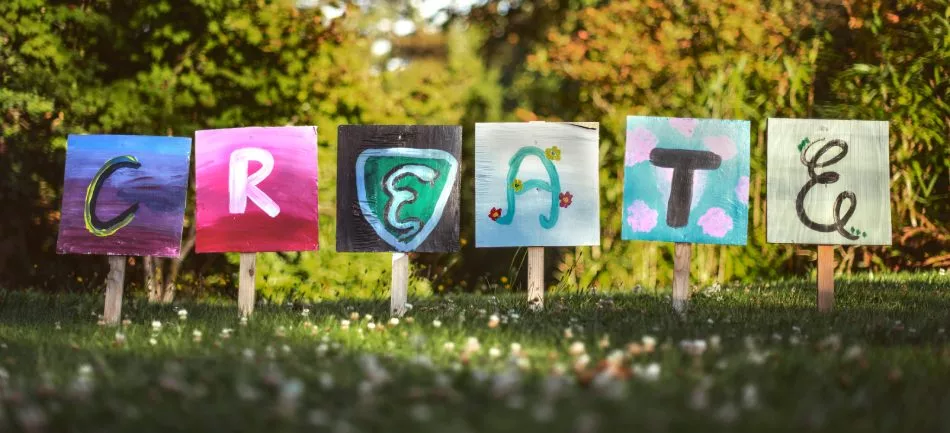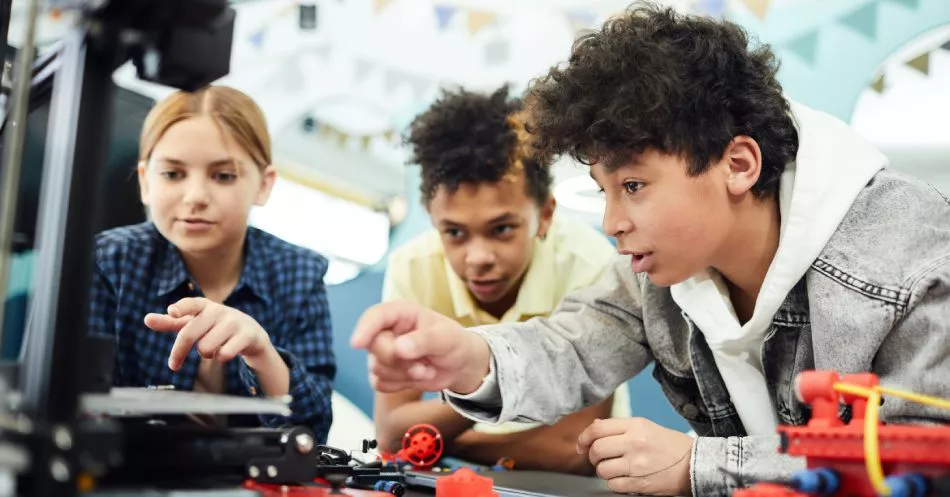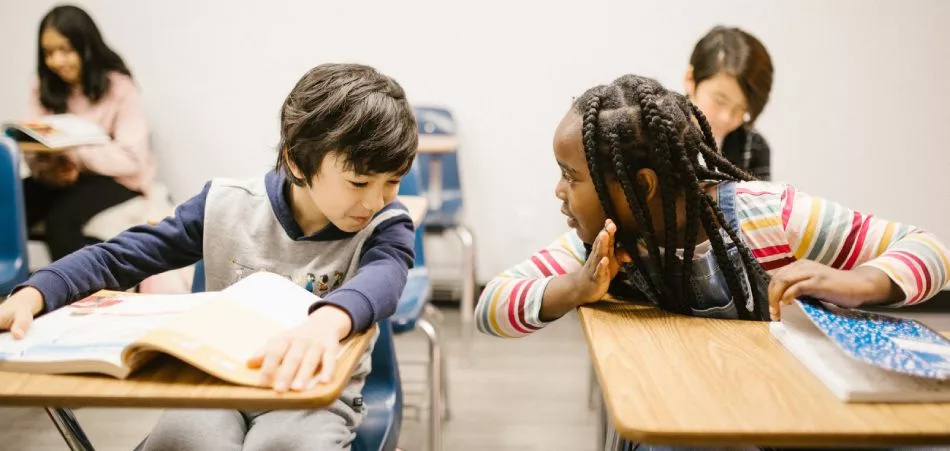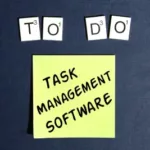In the modern world, there are many skills that students need to cultivate to succeed after graduation. The 4Cs are considered to be some of the most important skills for people to have.
This article explores the 4Cs in Education and their importance for students now and in the future.
What are the 4Cs in Education?
The 4Cs in Education are:
- Creativity
- Collaboration
- Communication
- Critical Thinking
The 4Cs are skills that both standalone but also are interconnected. Each one, when developed, helps the others in its own particular way.
Students must cultivate all 4 in order to lead successful lives, no matter what their goals are.
Creativity
Creativity is the skill that allows someone to think outside the box, to come up with new ideas. Tied to this skill is Innovation, the creation of something new or a new view of something old.
Without Creativity, we do not have Innovation.
Creativity is key to Critical Thinking, another of the 4Cs. Creativity is sometimes described as the ability to look at a problem from multiple perspectives.
This ability makes Thinking Critically much easier.
Creativity is often thought of as an innate skill that artists, writers, and inventors have.
However, creativity is broader than that. It can be as simple as looking at something in a new way and as complicated as imagining a better world.
Creativity can be seen in collaborations where each student offers up their creative idea and then they discuss and work together to come up with a collective idea.
Creativity can be seen in the communication between two or more people.
Creativity allows people to recognize different cultural views of communication and offers up ideas on how to best bridge the gap.
Creativity can be nurtured and grown within students through individual and collaborative projects.
Creativity can be shared and inspired by others within a collaborative setting and through presentations and the sharing of ideas.
Collaboration
Collaboration is a skill that requires people to communicate with and work with others.
There are very few instances in life where collaboration or the ability to work with others is not necessary.
It is essential that students learn and practice collaboration in schools.
Collaboration and Communication, the next C, work together to build a better world.
When students collaborate, they learn to listen to others’ ideas, offer their ideas, discuss options, and eventually come to a cooperative understanding.
Collaboration is teamwork, but it is also the use of a collective of minds, each with their strengths and weaknesses, to solve a problem, create a solution, or imagine something new.
By working together students will learn, not only how to communicate and listen, but that their ideas are different from others and that different ideas do not always mean that one person is right, and one is wrong.
The practice of collaborating to solve a problem, find a solution, or brainstorm an idea, allows students to expand their understanding, create a collective base of knowledge and builds their confidence in sharing their ideas.
Communication
Communication is a key skill for everyone to have because it does no good to think critically or creatively if you cannot convey your thoughts to others.
The ability to communicate is not only about sharing your ideas but also about listening to others.
A good communicator can share their ideas effectively in a multitude of ways: orally, in writing, and through various technology tools.
Good communicators are also good listeners, they hear and consider other people’s ideas as well as their own.
How a student may communicate can vary based on their culture.
Teachers must recognize this and make sure to be informed of the ways different cultures may view communication.
Communication also includes nonverbal skills and tones.
These include body language and facial expressions.
Communication is a skill students will need for the rest of their life.
Schools are a safe place for them to practice communication and learn about different cultural forms and views of communication.
This leads to better understanding and fewer misunderstandings between people from different cultures.
Critical Thinking
Critical Thinking is a skill that requires acquisition, processing, rationalization, and analysis of data and information.
People use critical thinking to make informed decisions and act when necessary.
Thinking Critically is a key skill in education, work, and life in general.
It empowers teachers to make decisions about lessons and strategies to be used in teaching.
It empowers students to explore and discover the truth amongst all the information available.
Critical Thinking helps us work through problems, solve puzzles, answer questions, and make decisions.
However, Critical Thinking goes beyond even this. The world, especially the internet, is full of answers.
Some answers are correct, but others are not, or they are only part of the truth.
People who can think critically can make better decisions about what is true and right and what is not.
The modern world requires people to use higher-order thinking skills.
Students need to begin learning these skills in school where the stakes are much smaller than they will be when they are older.
It is recommended it would be ideal that students learn:
- How to collect data and research information
- How to define a problem
- How to analyze a problem
- How to think logically about problems and information
- How to create a Hypothesis
- How to frame (or describe) their hypothesis
- How to test a hypothesis
- How to solve a problem
- How to take action
All of these skills are subsets of the Critical Thinking skill.
Students must have the time and opportunity to develop these skills.
How to Integrate the 4Cs into Your Classroom
It is easy to integrate the 4Cs of Education into your classroom through a couple of simple steps.
First, you want to prompt students to think critically and creatively.
Start by offering quick exercises, such as questioning, modeling, or clustering.
Questioning allows students to think beyond the given information. Modeling allows students to represent their thinking in new ways.
Clustering allows students to explore any and/or all ideas they may have relating to the topic.
Next, you want to foster communication and collaboration.
You can do this by pairing students or grouping them and having them share and discuss their responses to the activity.
Students can explore the ideas, discuss them, and consider their reliability, they can summarize them, or they can advocate for them.
Lastly, have the students present their ideas. This integrates creativity and critical thinking as well as communication and collaboration.
You can integrate these ideas and the 4Cs into any subject in the classroom. Encourage your students to ask questions, share their thoughts, and explore the possibilities.



